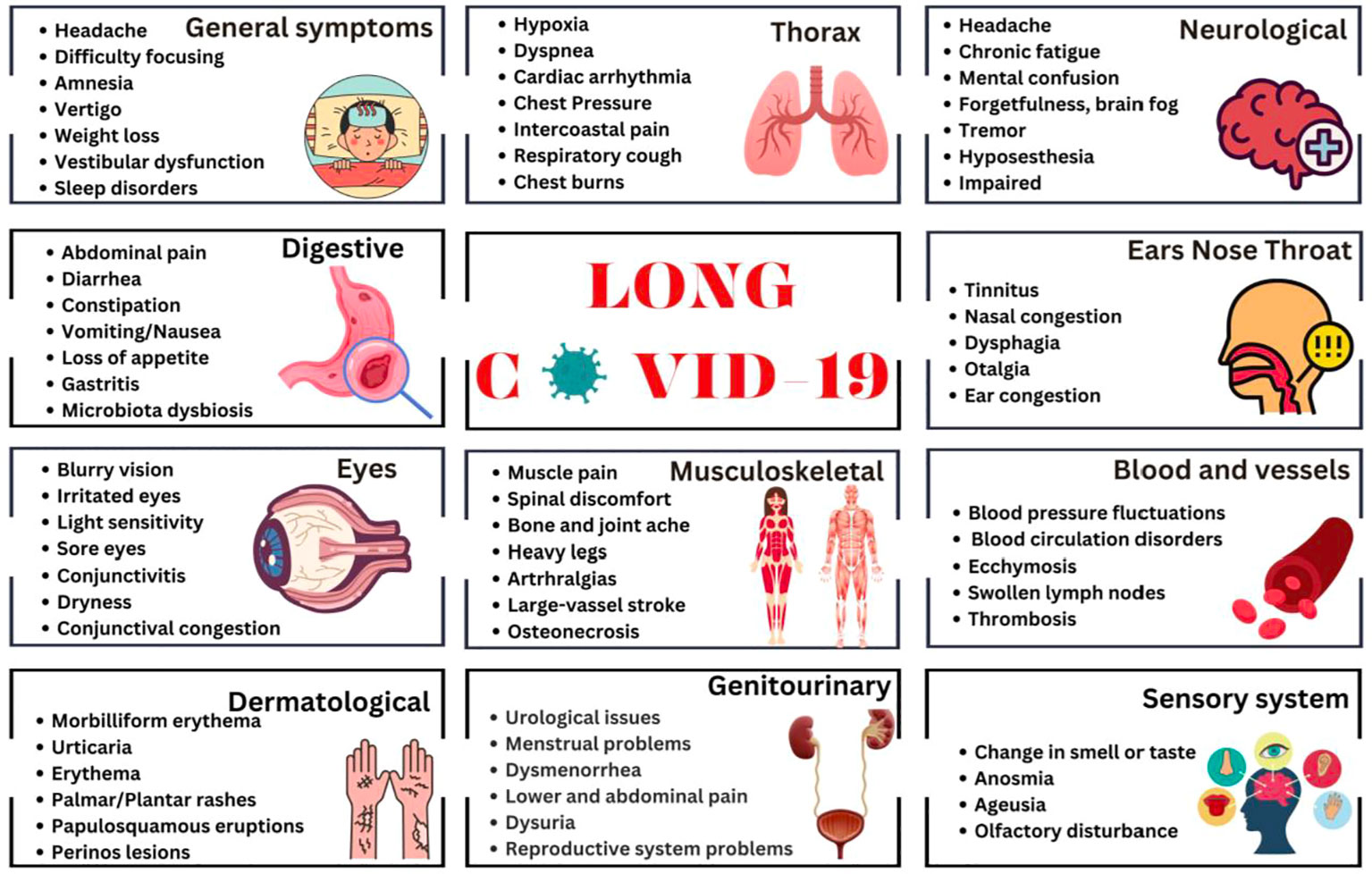
Introduction
As the world continues to adjust to living with COVID-19, understanding symptoms has become increasingly important. In 2025, health experts are observing changes in reported COVID symptoms as variants evolve. This article aims to highlight these developments and their implications for public health.
Current Trends in COVID Symptoms
With the emergence of new variants, such as Omicron’s subvariants, health officials are noting that COVID symptoms can differ significantly from early manifestations observed in 2020 and 2021. Studies show that while fever and cough remain prevalent, symptoms like fatigue, headache, and loss of taste or smell have shown a decline in frequency. In contrast, symptoms such as sore throat, nasal congestion, and gastrointestinal complaints have gained prominence.
Long COVID and Ongoing Research
Research into Long COVID continues to be a top priority, with symptoms persisting beyond the acute phase of the virus affecting an estimated 10-30% of patients. Reports of cognitive dysfunction, commonly referred to as ‘brain fog’, along with lingering fatigue and chest pain, are raising concerns among health professionals. Ongoing studies are pivotal in understanding the long-term impact of COVID-19 on those affected.
The Importance of Vaccination and Precautions
Vaccination remains a crucial factor in reducing the severity of symptoms and limiting hospitalisation rates. Experts advise that individuals stay updated with vaccines and boosters as new variants emerge. Public health policies continue to encourage individuals displaying any symptoms of COVID, particularly amid high transmission periods, to get tested and self-isolate to mitigate spread.
Conclusion
The evolution of COVID-19 symptoms in 2025 reflects the virus’s adaptability, challenging individuals and health systems alike. As symptoms change, staying informed is essential. Individuals need to recognise new symptom patterns and adhere to public health guidelines to protect themselves and the community. The ongoing research and vaccination efforts aim not only to combat current variants but also to prepare for future developments in the pandemic landscape.
You may also like

Tragic Incident Leaves Gardener Paralysed: A Call for Action

Understanding Melatonin: Uses, Benefits, and Importance
